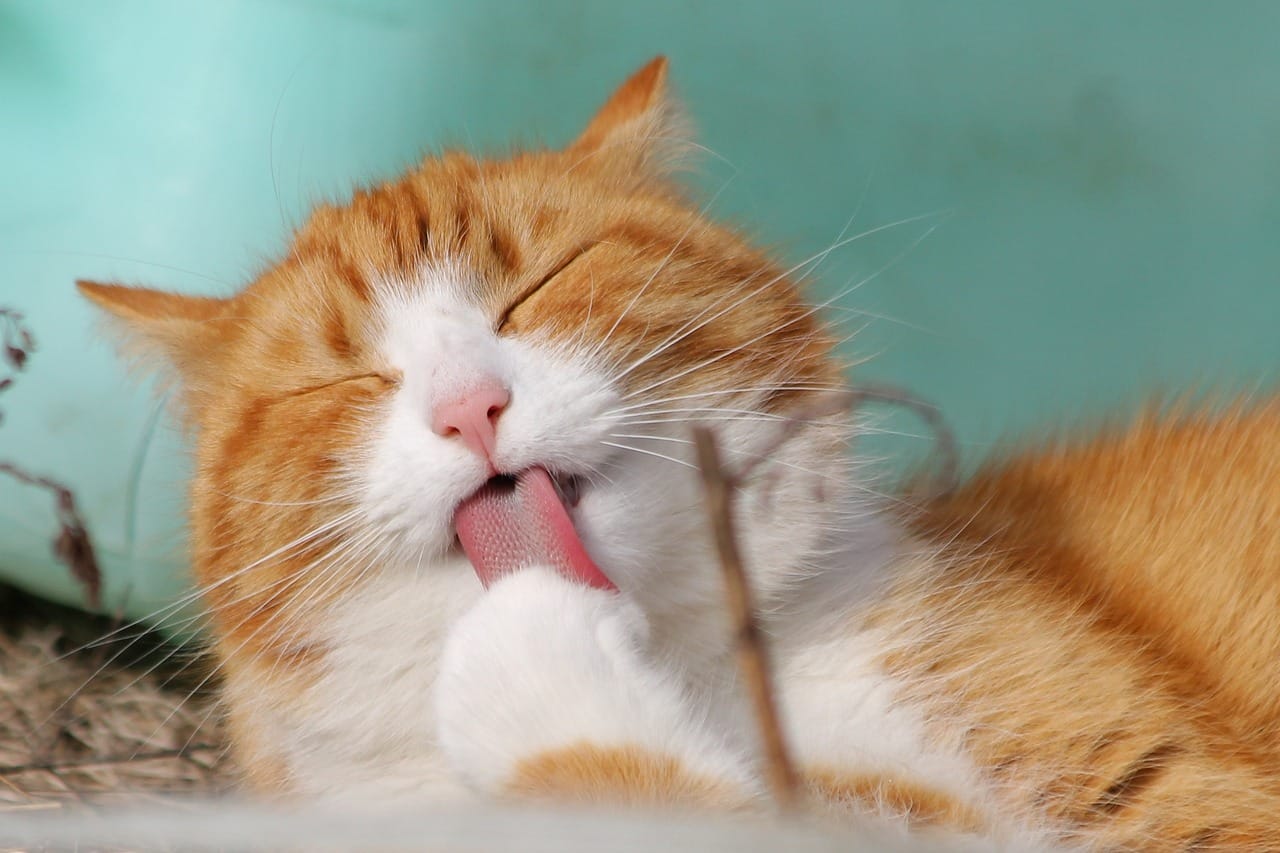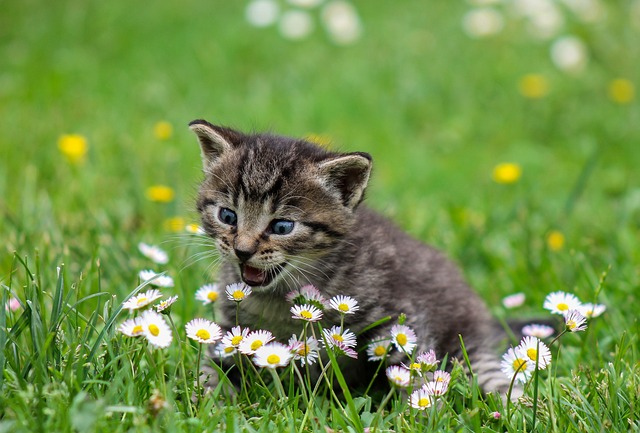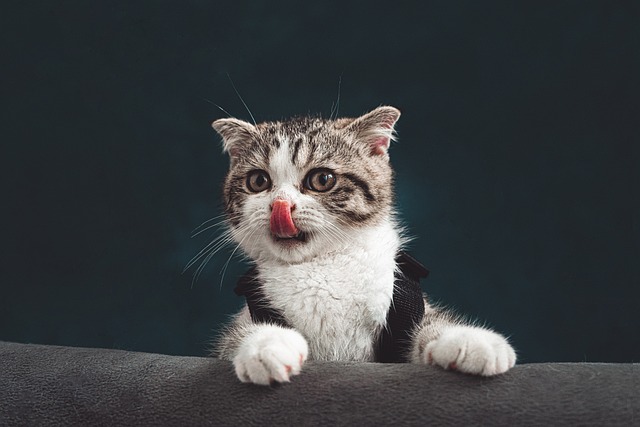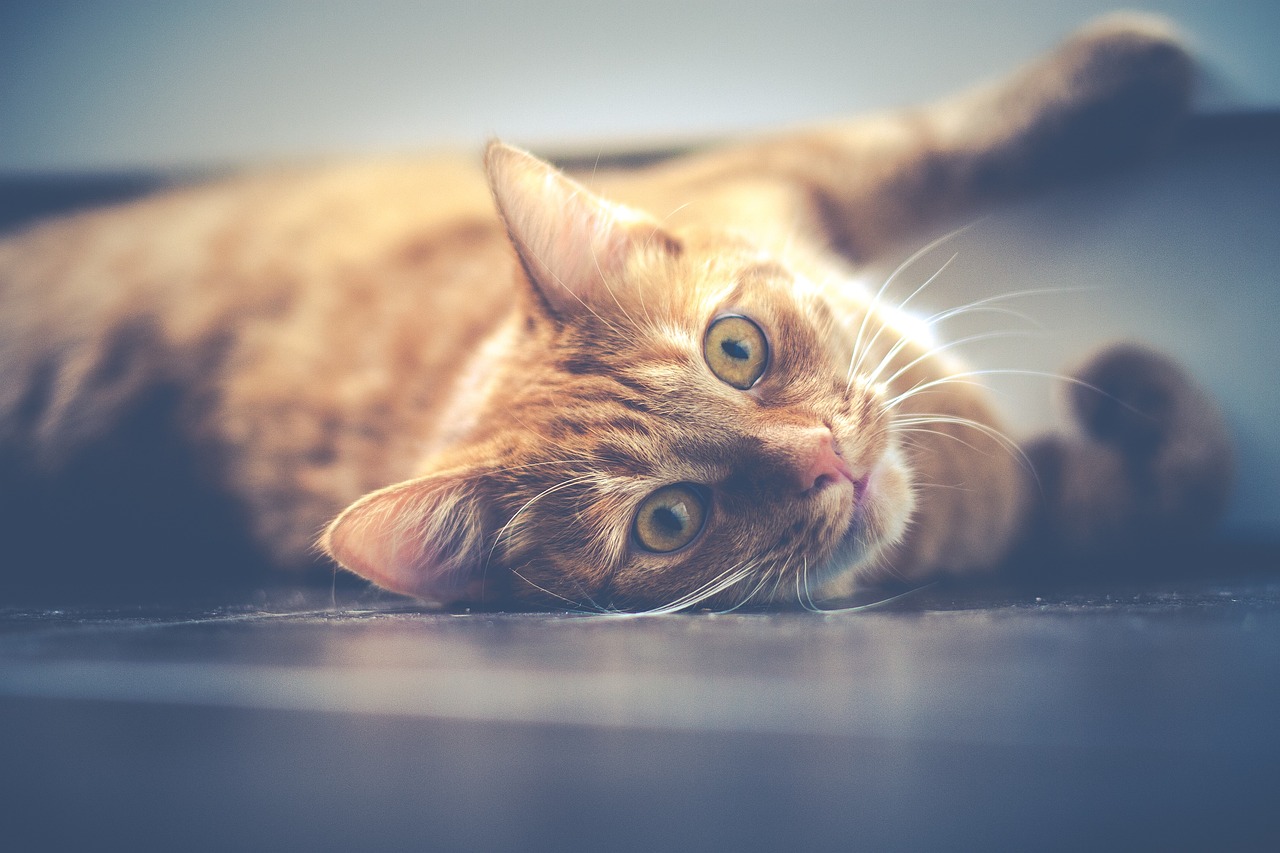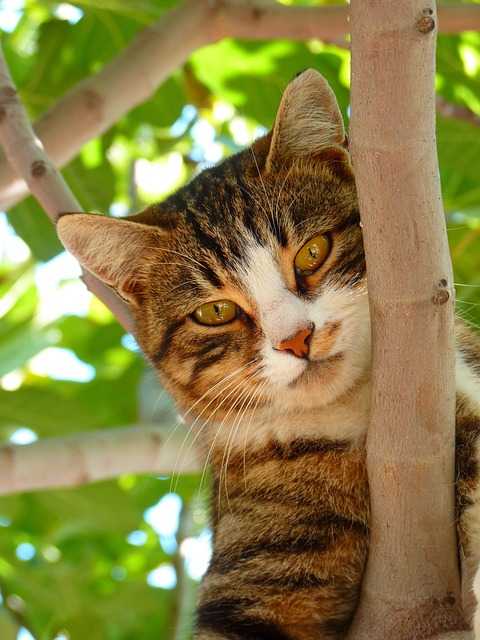Feline hyperthyroidism is a common endocrine disorder affecting cats, particularly in their senior years. Understanding the causes, symptoms, and treatment options for this cat disease is essential for maintaining your feline companion’s health and well-being. In this comprehensive guide, we’ll explore the intricacies of hyperthyroidism, shedding light on its impact and management strategies.
Understanding Feline Hyperthyroidism
Feline hyperthyroidism occurs when the thyroid gland becomes overactive, producing excessive amounts of thyroid hormones. This condition is most prevalent in older cats and can have significant implications for their overall health and quality of life. Environmental and genetic factors may contribute to the development of hyperthyroidism in cats, but the exact cause remains unclear.
Recognizing Symptoms of Feline Hyperthyroidism
Recognizing the signs and symptoms of feline hyperthyroidism is crucial for early detection and intervention. Cats with hyperthyroidism may exhibit increased activity levels, voracious appetites, weight loss despite increased food intake, vomiting, diarrhea, and changes in behavior. Regular monitoring of your cat’s behavior and physical condition can help identify potential signs of hyperthyroidism.
Diagnostic Procedures
Diagnosing feline hyperthyroidism typically involves a combination of veterinary examinations, medical history review, and diagnostic tests. Blood tests, including thyroid hormone levels (T4), thyroid panel, and thyroid imaging, can help confirm the diagnosis and assess the severity of the condition. Early detection and accurate diagnosis are essential for initiating appropriate treatment strategies.
Treatment Options
Several treatment options are available for managing feline hyperthyroidism, each with its benefits and considerations. Medication therapy, such as Methimazole, can help regulate thyroid hormone levels and alleviate symptoms. Radioactive iodine therapy (I-131) offers a more permanent solution by targeting and destroying overactive thyroid tissue. Surgical thyroidectomy may be considered in certain cases, although it carries risks and requires careful post-operative care.
Managing Feline Hyperthyroidism: Dietary and Lifestyle Adjustments
Dietary modifications and lifestyle adjustments play a crucial role in managing feline hyperthyroidism and supporting overall cat health. Specialized prescription diets formulated to support thyroid health and meet the nutritional needs of hyperthyroid cats can be beneficial. Creating a stress-free and enriching environment can help alleviate anxiety and promote well-being.
Long-term Care and Monitoring
Long-term management of hyperthyroidism requires regular veterinary check-ups and thyroid monitoring. Adjusting treatment plans based on individual response and thyroid hormone levels is essential for maintaining optimal health outcomes. Cat owners should remain vigilant for potential complications and be proactive in addressing any changes in their cat’s condition.
Conclusion
Feline hyperthyroidism poses unique challenges for both cats and their owners. By understanding the causes, symptoms, and treatment options, we can take proactive steps to manage this condition effectively and enhance the quality of life for our feline companions. Early detection, accurate diagnosis, and comprehensive care are essential components of a holistic approach to hyperthyroidism management. Stay informed, stay proactive, and prioritize your cat’s thyroid health as part of their overall well-being.

